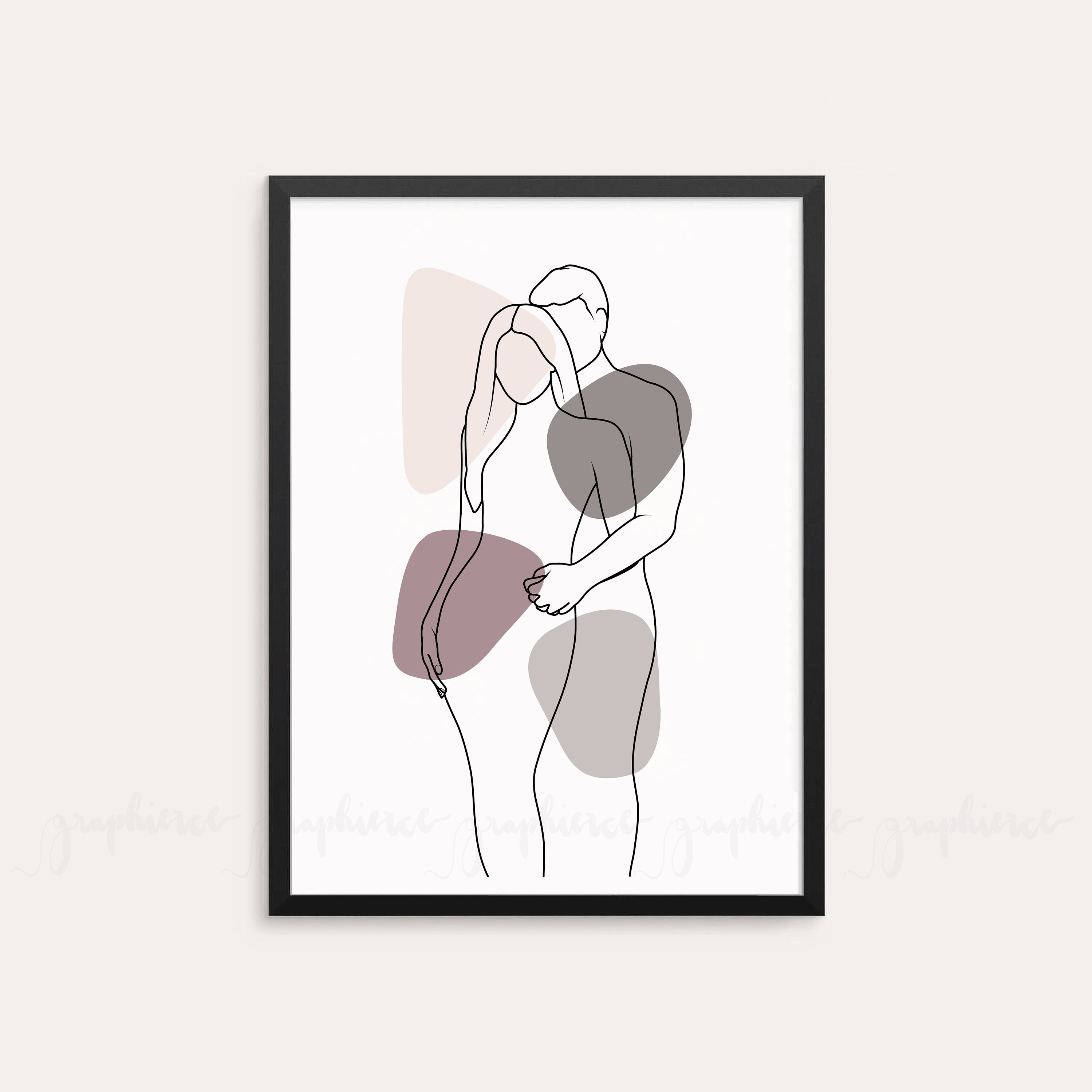

This image will act as a guide for you when you next draw your hand without the actual plane. Place the plane down on a light surface, perhaps a sheet of paper, so that you can clearly see the drawing on the plastic.

Retrieve your Picture Plane with the felt-tip drawing that you did at the start of this chapter, or, if you wish, you can do a new drawing (Figure 6-18). They are only guidelines and later you may want to eliminate them. A caution: Don't draw the lines too dark. Use the crosshairs on the plastic plane to mark the position of the crosshairs on the format of your toned paper. The lines will cross in the center just as they do on your plastic Picture Plane. Next, lightly draw horizontal and vertical crosshairs on your toned paper. You want to achieve a very smooth, silvery tone. Rub with a circular motion, applying even pressure right up to the edge of the format. Once you have covered the paper with a light application of graphite, begin to rub the graphite into the paper with your You can clean up the edges at a later time. You want to achieve a pale, even tone-don't worry too much about staying within the lines. Begin to tone your paper by rubbing the edge of the graphite stick very lightly over the paper, staying inside the format. Make sure you have a stack of several sheets of paper to pad your drawing. Draw a format on your drawing paper, using the inside edge of your Viewfinder.ģ. If the paper shifts under your hand while you are drawing or erasing, it is very distracting.Ģ. The other will be drawing and perhaps erasing. One of your hands will be "posing" and must remain still. Tape all four corners securely, so that the paper will not shift around. Tape a stack of several sheets of paper to your drawing board. A possible reason is that, having marked the paper and made it their own, so to speak, they escape the intimidation of that blank sheet of white paper staring at them.ġ. Most of my students greatly enjoy this process of toning their paper, and the physical action of "working up" the tone seems to help them get started with a drawing. The position for Modified Countour Drawing is the usual drawing position. Nevertheless, I hope you will use the same focused concentration that you used in Pure Contour Drawing.įig. You will sit in a normal position and therefore be able to glance at your drawing to monitor its progress (see Figure 6-14). In this drawing, we are modifying the instructions for Pure Contour Drawing. The Viewfinder you used for your drawing on the Picture Planeīefore you begin: Please read through all of the instructions.Your #2 writing pencil or your # 4 B drawing pencil, sharpened.Your graphite stick and some paper napkins or paper towels.Several sheets of the smaller drawing paper.


 0 kommentar(er)
0 kommentar(er)
